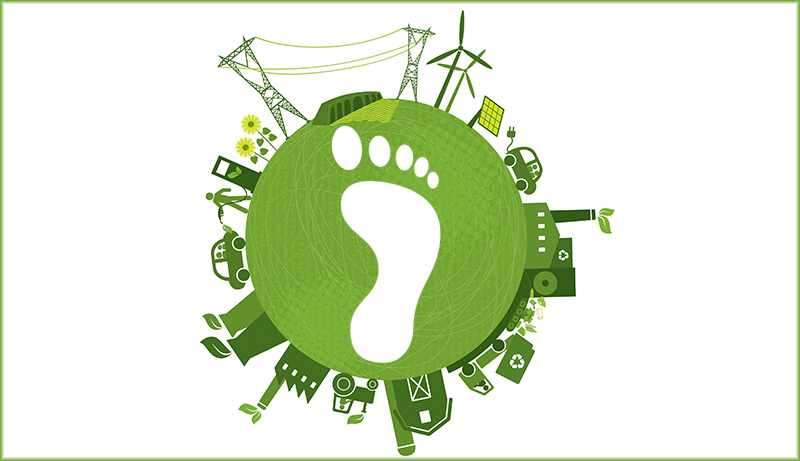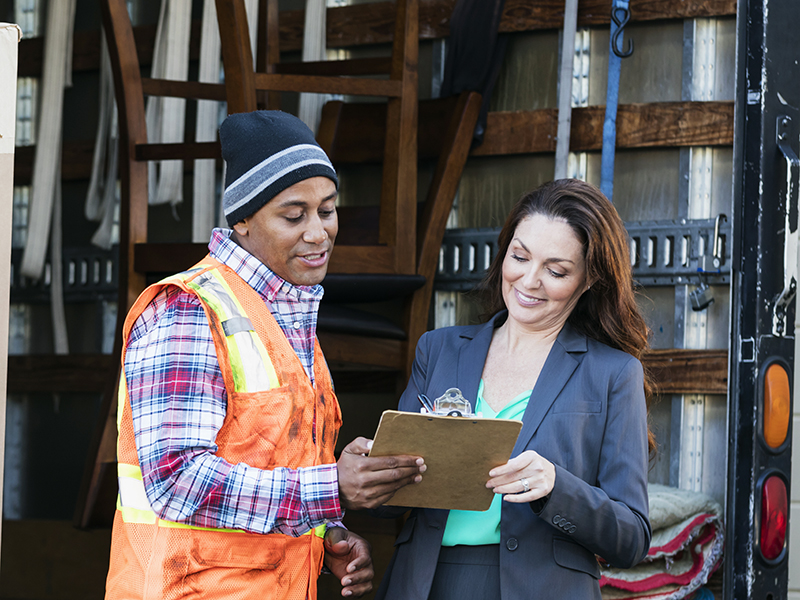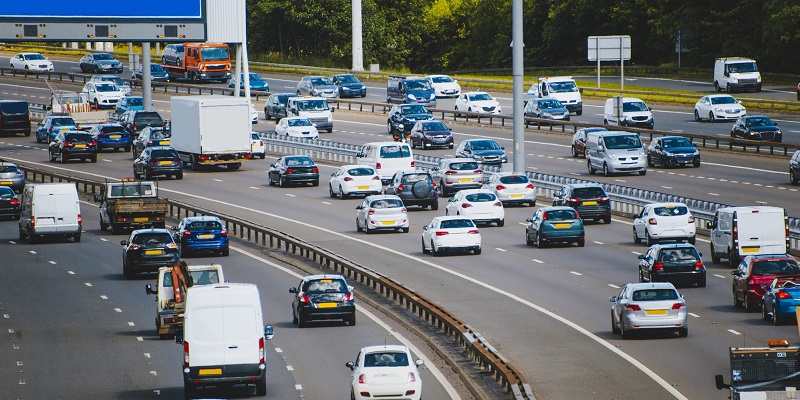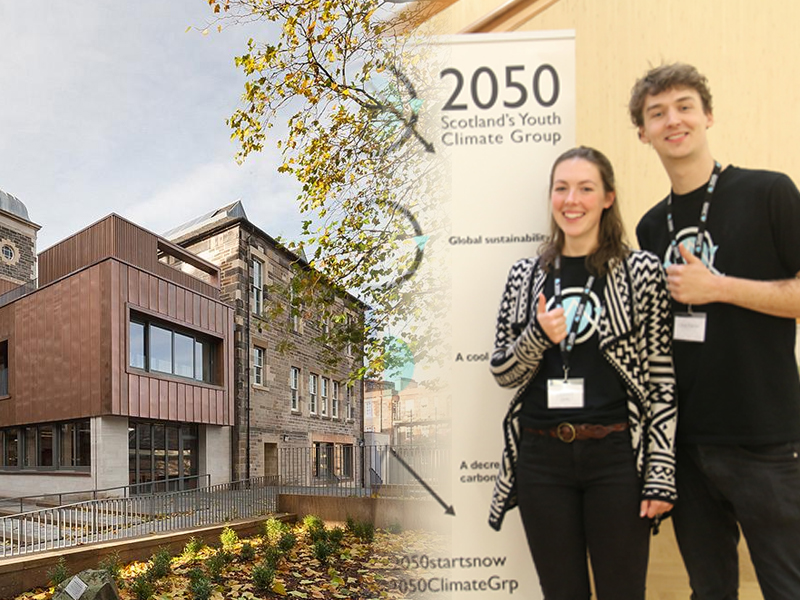It's not looking good for our planet, but there are some simple changes you can make as a business that will ensure you're not adding to the problem

Calculate your carbon footprint
Saving the environment may not be your charity’s primary goal, but a more sustainable planet will provide a better future for your service users. So take your head out of the sand and look at how you operate as a business.
You can measure you workplace emissions footprint to identify where cuts should be made and measure the progress of any changes. Try the Carbon Trust’s Footprint Calculatorwhich is designed specifically for small and medium enterprises.

Go paperless
Giving up paper is an obvious first step in becoming more environmentally friendly. There are many ways to maximise your organisation’s reduction in paper use.
Consider turning external communications like newsletters and leaflets into PDFs and share them digitally instead, also saving in mailing costs. Swap paper bills and statements for digital ones – not only will it reduce the mail your organisation receives but your records can’t get lost or misplaced. You can also sign documents electronically to eliminate the need to print for a physical signature.

Recycle more
Make sure your office has the appropriate recycling bins, including food waste, to allow employees to sort day-to-day waste. This will ensure that materials go to the correct recycling unit to minimise your organisation’s contribution to landfill. Watch Resource Efficient Scotland’swebinar onmotivating staff to recycle better and ensure you’re doing all you can.
In the longer term, make sure that office furniture and computer equipment is recycled appropriately when they need disposed of. Change Works’s list has a range of initiatives across Scotland that recycle your IT equipment securely and ensure it goes to a worthy cause in its next life.

Cater conscientiously
When organising outside catering, choose suppliers who source their food locally to reduce food air miles. Go one step further and pick vegetarian or vegan options to maximise the reduction in carbon emissions by eliminating those that come with meat production.
In the office, maybe you could introduce a meat-free day to bring everyone together in your organisation’s efforts to be eco-friendly.

Save energy
The Carbon Trust says that even low or no-cost actions normally reduce an organisation’s energy costs by 10% so make sure you’re making maximum savings – in emissions and in money.
An easy and effective way to get started is to switch to LED lighting which use approximately 15 times less electricity than halogen lighting. Another is to use rechargeable batteries in place of disposable ones – they ultimately contribute less waste to landfill and have 28 times less impact than disposables on global warming overall.
For more ways to save on energy, download the Carbon Trust’s guide to getting started in business energy saving .

Maximise energy efficiency
As winter approaches, block up drafts and close windows to ensure the building heating operates at its most efficient. Have a sustainable strategy in place for the long term too – the Carbon Trust can conduct energy audits where they examine your office to assess your resource efficiency and identify where the best carbon savings can be made.
The Carbon Trust operates the Green Business Fundto support assessments, training and equipment purchase and the Energy Saving Trust has lots of information on the financial support available for implementing various energy saving changes.

Support responsible suppliers
Recently, Scottish Power announced it will become the first major UK energy supplier to generate electricity from 100% wind power following the sale of its final gas and hydro stations. With the energy you do use, your organisation can choose a provider who is conscious of their own environmental impact. This list ranks UK energy suppliers by their CO2 emissionsto help you make an informed choice.
Think more broadly about what kinds of suppliers you use – where can you use your purchasing power to support businesses that are also limiting their carbon footprint?

Source quality second-hand goods
Don’t forget about bigger or longer term items in your efforts to reduce carbon emissions. When your organisation is expanding or moving premises, consider sourcing second-hand furniture which will be cheaper as well as better for the environment.
There are many organisations who offer second-hand or recycled office furniture across Scotland and can also help to repurpose your existing equipment when it’s no longer needed, contributing to a more sustainable circular economy.

Reduce travel emissions
We all know that travel is a big contributor to carbon emissions so minimise work-related trips where you can. Meet virtually when possible and make use of public transport for face-to-face meetings. Drivers can use satnav apps to plan more efficient routes, saving on energy and fuel use.
In the office, try walking to work and stay healthy in the process. Sign your workplace up for Paths for All’s Step Count Challenge,which runs every autumn and spring,as an incentive.

Educate yourself
If you’re feeling inspired and want to develop your skills in leading carbon reduction, the Edinburgh Centre for Carbon Innovation hold seminars and provide online training for professional development.
Additionally, 2050 Climate Group runs the Young Leaders Development Programme, an opportunity to develop climate change awareness and leadership skills in the next generation of Scottish leaders. Visit the 2050 Climate Group website to find out more and sign up for the 2050 newsletter to find out when they’re recruiting for the next programme.






